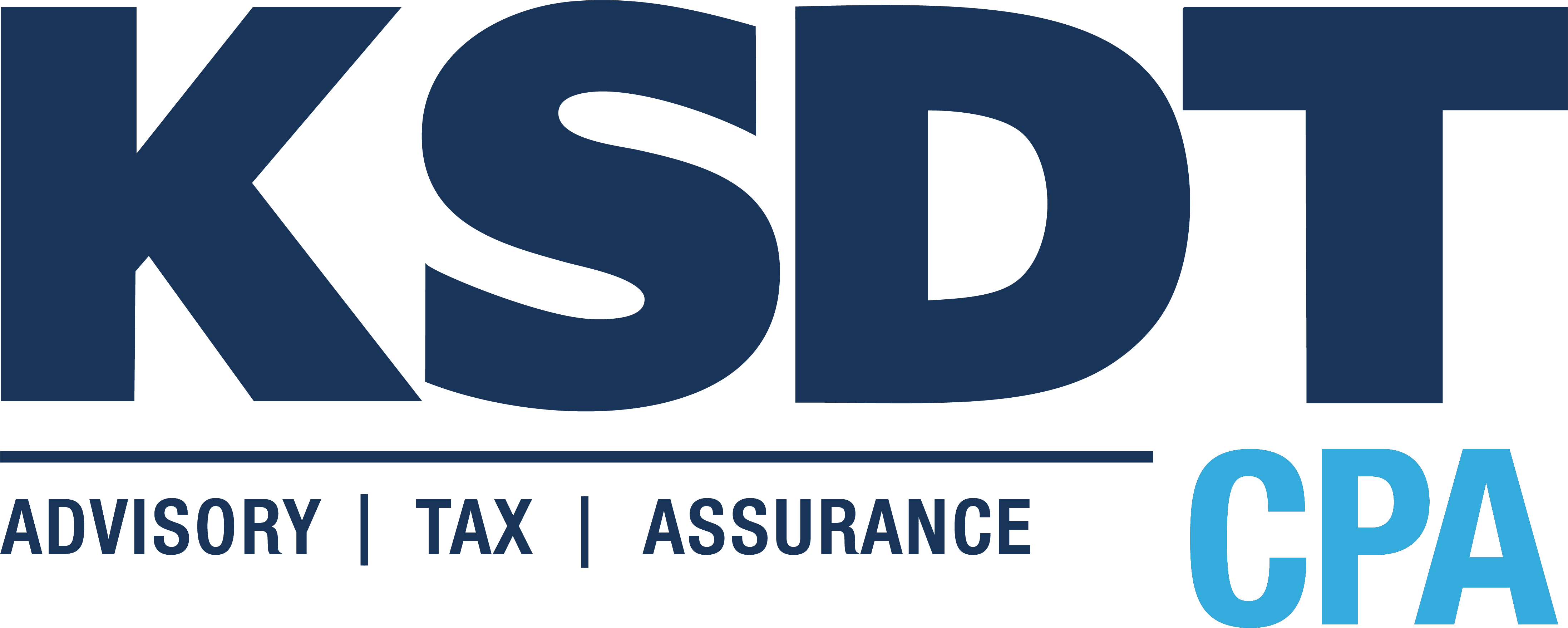The Balance Sheet is an important report in your business’s financial statements. Most small business owners are unsure of what all of the numbers mean on this report, so let’s see if we can shed some light on what they mean. Read more
A Summary of Balances
One big characteristic of a balance sheet is that it represents one date in time, for example, 12/31/2014. The numbers represent balances, and since the balances change daily, a balance sheet only represents one point in time versus a range.
Three Parts
There are only three parts to a balance sheet, and the easiest part to understand is the assets, or what you own. Most balance sheets start off with cash balances, and these typically represent what you have in the bank less any uncashed checks that could reduce your account once they come in.
If customers owe you money that you have invoiced but not collected, you might see an Accounts Receivable balance on your balance sheet.
If you sell products, the cost of all of them that you haven’t sold yet and that you may have stored in a warehouse is in the Inventory account.
If you own equipment, furniture, cars or trucks or something similar that lasts for years, you will have a balance in Fixed Assets for what you paid for these items. If it’s been a while since you’ve owned them, you may have a Depreciation account, and when you net the two, your Fixed Asset values are reduced.
All of the above are assets and they are listed in the first section of a balance sheet.
What You Owe
If you owe money for taxes, to vendors, or to employees, then it will show in the Liabilities section which is the second of three major sections of a balance sheet. Day to day unpaid bills are in an account called Accounts Payable.
If you have bank loans, they usually each have a separate account like a bank account does. Each bank loan account represents the principal due on a loan (the interest you pay goes to another place).
Equity
The final section of the balance sheet is Owner’s Equity. It is the section that will vary the most depending on the type of entity your business is set up as. For example, if your business is a corporation, then there will be a common stock account which will represent the original amount of money you put into the business; it will match the Articles of Incorporation that you drew up when you incorporated. This amount will rarely ever change for the life of the business.
There is also usually an account called Paid-in Capital which is how much additional money you’ve put in or taken out of the company beyond the common stock balance.
A corporation will also have a Retained Earnings account. This reflects accumulated profit (or loss) through the years of operation.
If your business is set up as a partnership, the equity section will include an account for each partner that represents their balance in the firm, which is the net amount of money they have put into the business over the years plus or minus the business income or loss through the years.
Keeping It Simple
These are the very basics of the numbers represented on your balance sheet. If you have questions about any of the numbers, please feel free to reach out and ask.
